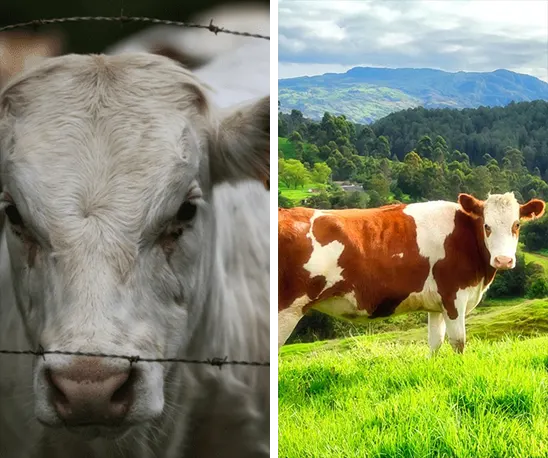Climate change, as seen in the previous chapters, is a problem that starts with the individual and is subsequently compounded by institutions and groups.
Environmental degradation, especially in the sense of climate change, is one of the biggest problems facing our world today. Some of the effects are increased global temperature, increased instances of violent weather, melting of the glaciers and ice caps, shifts in the positioning of wildlife and their homes, and many other negative effects. Therefore, although addressing such a phenomenon as a Climate change helper can feel overwhelming when faced with such a vast problem, the truth is that change begins with each of us. Collective actions of individuals in their everyday life, if done by many people, could create a big impact.
Climate Diet is predicated on the idea that our daily decisions about what we eat, how we commute, how and when we turn on the lights or the heater and a lot of other things, collectively cause a massive amount of climate change. Instead of trying to explain abstract climate science, they reduce it to actionable and digestible pieces of advice that people can follow in their everyday lives. The tips are focused on the major areas of carbon emissions for most households including diet, flying, car use, energy in the home, and shopping. This way Climate Diet has a positive focus for people shifting them from climate fearing to climate doing.
This is why the Climate Diet organisation was set up to make each person capable of fighting climate change with their daily routines. The fundamental assumption is that through the moderation of our consumption – especially in areas like the food we eat, how we travel, and energy used in our homes. The best part of it is that most of them are accompanied by health and/or financial improvements as well. It's a win-win situation.
Some impactful climate diet choices you can make are:
● Reducing the consumption of red meat and increasing the intake of food derived from plants
● Reducing food wastage through improving meal planning and utilization of leftovers
● Deciding not to drive the car to the workplace but opting for other modes of transport such as walking, biking, car sharing or using public means.
● Travelling less often and researching carbon offsets for using airplanes
● Replacing ordinary bulb to energy-efficient LED bulb
● By insulating the house, using the appropriate thermostat setting, and the likes, one can reduce the amount of home heating/cooling used.
● Washing, reusing and repairing clothes and other items rather than discarding them and purchasing new ones
● Minimizing the use of plastic products by using refillable water bottles, straws, bags and food containers
Such slight changes to your shopping behaviours, eating pattern and lifestyle can, in effect, lower your carbon footprint by literally tons annually. And if the climate diet principles are explained to family, friends and as many people as possible, the effect is multiplied.
There is no person who can ignore a role to play in managing environmental issues for climate change. Don’t feel helpless – on the contrary, feel the POWER to bring change with your well-informed actions. Have a go at taking a carbon footprint quiz at climatediet.org to find out more information about the eco-friendly tips that fit into your lifestyle, share the word to others and record your step towards practicing the climate diet. It means that if many people make little changes, it has a great impact on the overall outcome. Collectively, a healthier planet can be achieved through the small sustainable changes of the global population.
At the Climate Diet, we focus on this important factor. Animal farming is the second-largest source of human-induced greenhouse gases in the world; it contributes to deforestation, pollution of ecosystems, loss of biodiversity, and soil degradation. Thus, our goal is to raise awareness about the significant negative effects of meat and dairy on the environment and animals.





Comments